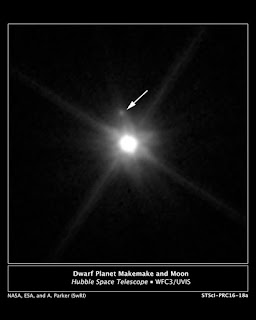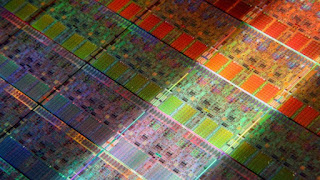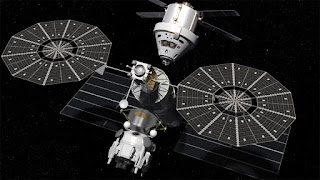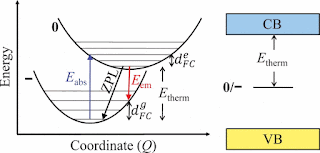From Brii Richards:
Hello! The addition of a word from the author was a nice touch to your website. There's been something I've thought about ever since I started reading your books and am wondering if you might want to expand upon. The names of people, places and things in your books are all very unique and interesting. But aside from just names, you also have your characters commit the act of naming. What are the conventions that you have your characters abide by in naming. How do you come up with the names. For example, we have a seilel. But then you named the tour the Bloody Eseilel. Just putting that E changed the word to a new word, building on the meaning of the original word, but adding a ton of nuance. All in a little "e"! And don't even get me started on the Ava'Lonan Herstories.
Thanks for the second excellent question, Brii!
Ah, yes, names.
This is one of the harder aspects of writing a story, at least for me. Coming up with a system of names is another one of those things that I put off sometimes, leaving a nice blank (_____) as a place holder. I do this so that the story is not held up by a lack of names. I also space out coming up with names so that they do not all sound exactly the same, which I know would happen if I tried to make them all at the same time. The protagonist is usually named first and right away, since the story is usually told from her or his pint of view. The main antagonist is also named, so that we all know who to hate.
Names are funny, tricky, sticky things. I have to be careful when I make up a name, because it has to be a name that fits the character, a name that does not sound too much like anything in the real world (unless my story deals with actual humans), and it has to be a name that I have not used before, or that sounds too similar to a name that I’ve uusedbefore. This is because once a character is named, and I start to live that person’s life, I think of myself (that is, the character thinks of himself/herself) with that name. After that, it is near impossible to change.
So, how do I come up with names? I’m almost embarrassed to say. But perhaps knowing my “process” can help, or at least give you a good laugh. I start with a letter, and begin making up nonsensical words. Nonsensical in the sense that they are not words in English, and not names as we know them. There are certain letters that I’m drawn to, and I at first try to avoid these, or else all my characters will have names beginning with “A”, “M”, “R”, “S” or “T”.
I also have to decide on the system the names will follow. Will the people have surnames, family names? Clan or Tribe names? Will the children’s names be amalgamations of the parents’ names? Will the names be long and complicated, or short and simple, down to a single syllable? In the real world, there are many systems of naming that are interesting, and that can be modified to fit a story, such as putting the surname first, or making the antecedents’ names part of the overall name (usually the father, to wit, Paul’s son can lead to Paulson).
Then there are the genders to consider. What marks a name as female, as opposed male? The ending letter can denote this – female names might be demarked by ending in “a” or “i”, whereas male names can be marked by ending in “o” or “u”. But there is no hard and fast rule. A completely new convention can be created for a particular world or culture.
But it all comes down to making up words, and seeing how they fit. I pic the letter, begin sounding out words, choose how to spell them, and put them in the appropriate place. I try to make them similar in some way, perhaps by the arrangement of the consonants and vowels, or the number of syllables. But the similarities have to be subtle – perhaps groups of individuals’ names from a Tribe or Principality sound kind of similar in a certain world. Names live, just like characters, and once stuck on a character, they almost never come off.
To answer the question about the king’s tour in The Secret Tactics being named “the Bloody Eseilel” as a jab toEsalda’s proficiency and willing use of her new swords – I have to confess that there is a part of my brain that is smarter than the rest of me. It is this part that makes connections that my conscious mind would never have come up with. When I am writing a new volume to an existing series, I have to go back and read all the preceding books (part of what takes so darn long) to input all of the details to this part of my brain. I write down all the little details that make the story unique – “threads” I call them – things to remember to incorporate to keep the storyline consistent, and as I do, this smarter part makes connections and comes up with new ideas that, I think, give the stories an extra special punch.
If that sounds bizarre – well, I agree. I will say that I have made a study of my own mind – I know how most of it works, and I know what is in most of the rooms in the mansion in my head (or motel, who can say). But there is, of course, a dark closet where a lot of things go that I don’t need immediately, or I don’t understand right away. I think it is from this closet that a lot of the connections and many of the best ideas come. Or rat droppings. Rats of the psyche are a real pain.







